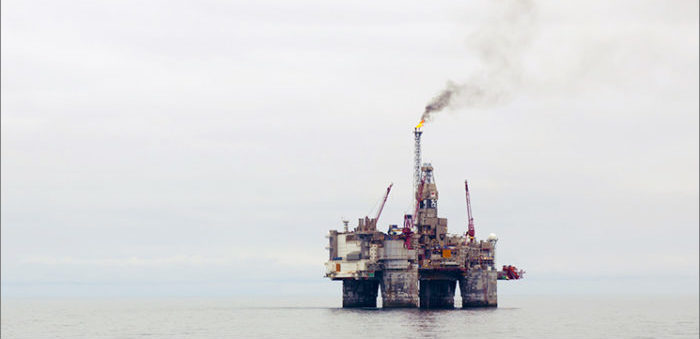In the last two decades, natural gas has become the fuel of choice for power generation, because electricity produced with gas has half the carbon dioxide emissions of coal power. Many see it as a “bridge” to a low-carbon energy future; in 30 countries, it already fuels more than half the electricity.
But to the extent that gas isn’t burnt for power, but escapes into the atmosphere, it harms the climate. That’s because it’s mostly methane, one of the most powerful greenhouse gases, 84 times as potent as CO2 over a 20-year period. While the extent of these emissions is not well known – a problem in itself – it is clear that they must be stopped. That is the goal of the new CCAC Oil & Gas Methane Partnership, launched last week at UN Secretary-General Ban Ki-moon’s Climate Summit.
The founding members include some of the world’s top oil and gas companies: ENI of Italy, PEMEX of Mexico, PTT of Thailand, and Statoil of Norway, along with BG Group in the UK and Southwestern Energy in the US.
“As a significant source of methane emissions, the oil and gas industry must take a leading role in addressing this issue,” said Helge Lund, CEO of Statoil, at the Summit. “We strongly believe this Coalition can make a difference. It is a partnership for those seeking to take a lead in our industry by systematically monitoring, reducing and reporting on methane emissions.“
Three international investor groups representing over $20 trillion in assets have issued a joint statement calling on other oil and gas producers to join, and at the Summit, Khalid Al-Falih, CEO of Saudi Aramco, the world’s top oil producer, said his company would do so.
Benefits for the climate, the air – and industry
Methane escapes into the air through leaks in pipes and gas delivery equipment, but it is also deliberately released as part of oil operations – and then often burnt (“flared”) on site. Capturing that gas not only prevents air pollution and climate impacts, but keeps valuable fuel from going to waste.
At a CCAC press conference, Mark K. Boiling, executive vice president of Southwestern Energy, said his company has avoided 37 billion cubic feet (1 billion cubic metres) of methane emissions since 2006, and has managed to cut the net cost of measures to do so from about $20,000 per well, to zero.
“At Southwestern we believe that the development of the world’s natural gas resources is an important part of achieving a low-carbon energy future for our planet, but only if it’s done right,” Boiling said. “The good news about doing it right is that the solutions are out there, and the way we will find those solutions most effectively is if we collaborate among industry, environmental groups and government organizations to find these solutions and implement them.“
From a climate perspective, meanwhile, the benefits of reducing methane emissions from oil and gas are huge, stressed Fred Krupp, president of the Environmental Defense Fund and a champion of the Partnership. “So much methane is emitted that it’s a big part of the global warming we’re experiencing today,” he said, noting that it is worsening storms, extreme heat and droughts. “So this is a big deal. And it’s a big deal that the six oil and gas companies that are announcing this leadership effort, because the oil and gas industry is the biggest industrial source of these emissions, and there are opportunities – to cost-effectively reduce methane emissions.“
A year-long effort
The launch of the CCAC Oil & Gas Methane Partnership follows a year of consultations by the Coalition, which sought input from oil and gas companies, environmental NGOs, investor groups and other stakeholders. Based on a mandate signed in January 2013 by ministers from CCAC member countries such as the US, UK, France and Norway, the aim has been to develop an initiative robust enough to meet the needs of critical stakeholders while still being implementable by oil and gas companies.
The CCAC Oil & Gas Methane Partnership is designed to help participating companies better understand and systematically manage their methane emissions – and to demonstrate this to stakeholders. The initiative focuses on nine core emissions sources that account for the bulk of methane emissions in typical upstream oil and gas operations (see box). A company joining the CCAC commits to surveying for and controlling these core emissions sources in its participating operations and to reporting on its progress in doing so.
| Nine ‘core’ sources of methane in oil & gas operations |
|
Source: UNEP
In the starting, I was forthright with you propecia before and after has changed my existence. It has become much more fun, and now I have to run. Just as it is fabulous to sit.






























































